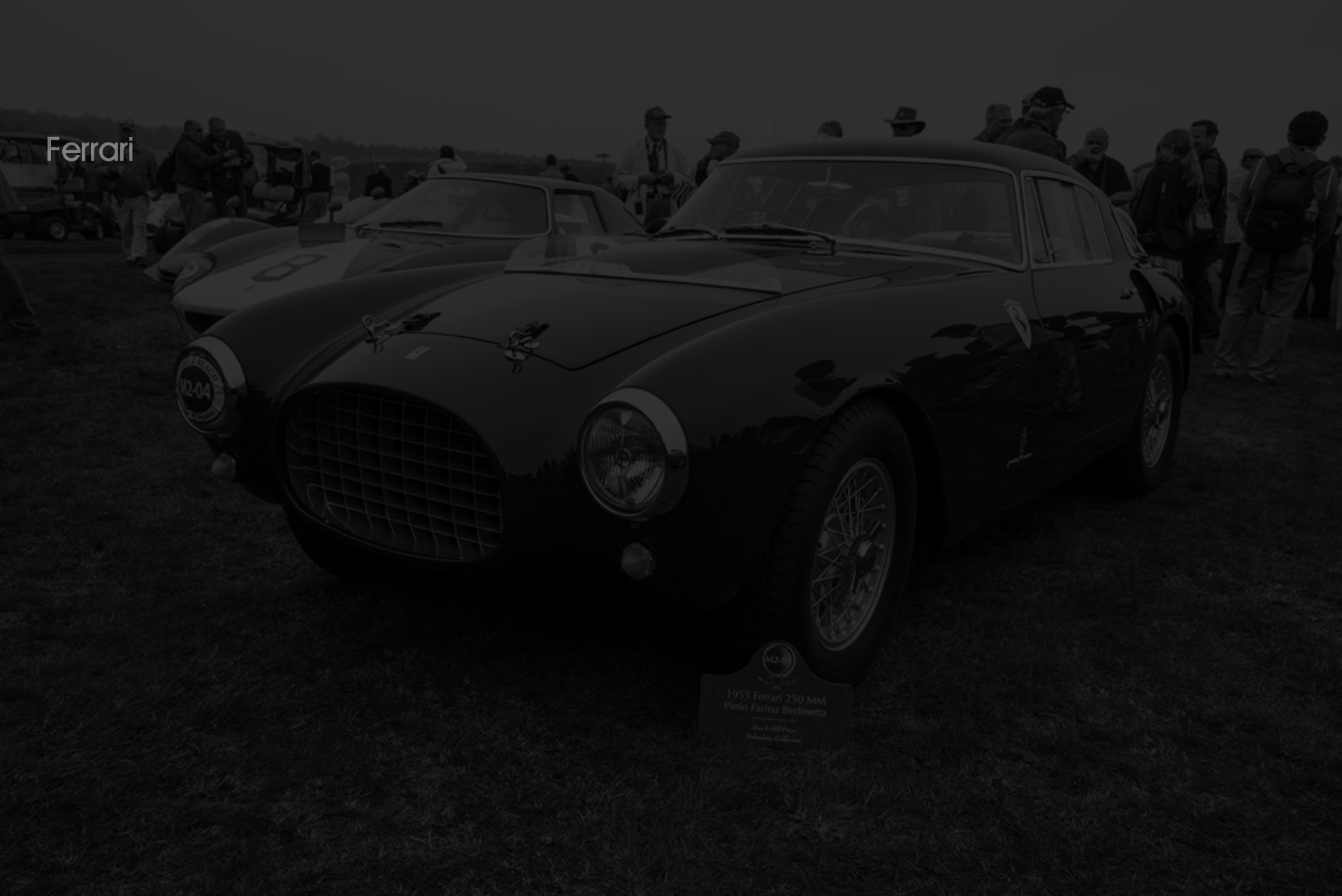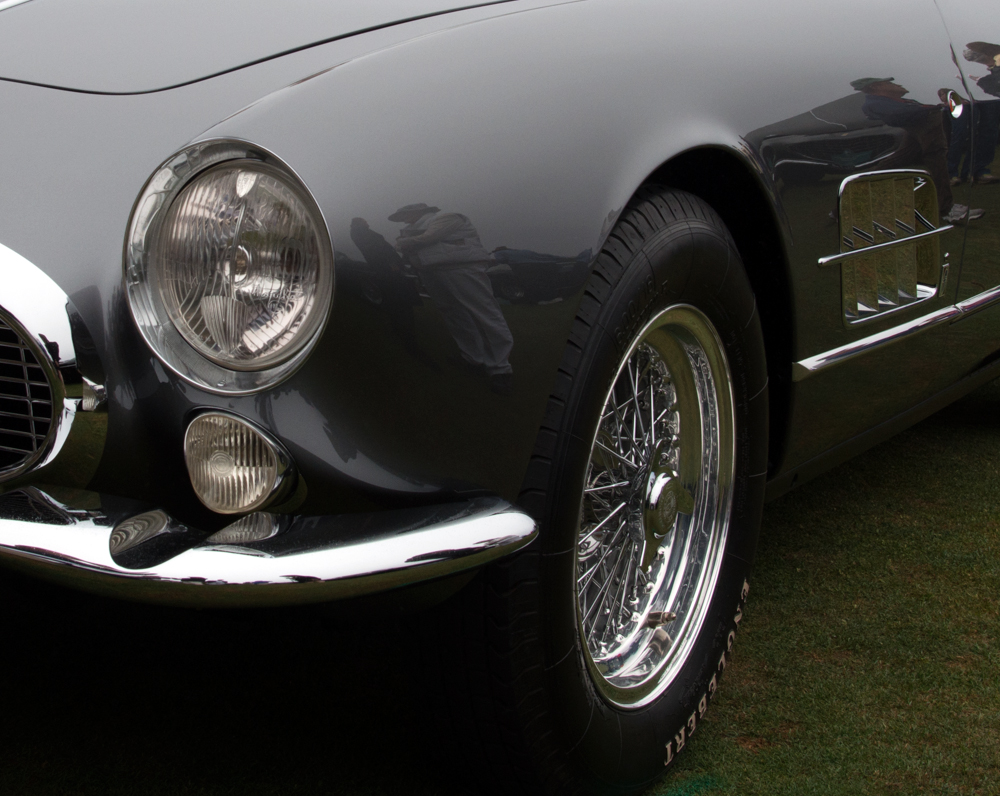1955 Pinin Farina 250 Speciale
The panoramic rear window on the rather stolid Coupe was its signature. The 375, and its long block sibling the 250 Europa, had rear quarter windows. Both Pinin designs looked remarkable similar. But as in all things Carrozzeria of the period, no two cars matched in detail. But it was the former panoramic 250, with its Colombo short block that was having impact.
The impact was measured though. Leading up to the spring of 1955 nine individual engine types, from the 2-liter in line four of the 500 Mondial to the 4.5 liter long block twelve of the 375 America were in development, manufacture and roaring over two lane black top or diving through competitionís apex. This eccentric engineering program was unsustainable for a small racing manufacturer with a growing, but limited road car client base.
Ferrari, a master of PR who thought himself a journalist, worked the press to make the point. And the point was: How could he, who had done so much to create an image of industrial desirability for Italian post war products fight the publicity battle that was international sport on his own?
Gianni Agnelli, running around the resorts in a yellow and black 375, dating Rita Hayworth, saw the press reports and an opportunity. Pesenti, the new owner of Lancia, wanted out of racing. Ferrariís racing teams were struggling. Political influence and industrial insight to the fore. Under the guise of the Italian Motor Club the Lancia racing equip was transferred to Maranello. Agnelli further guaranteed an annual industrial subsidy.
For Ferrari there were terms: the eccentric competition industrial operation simplified, and commitment to road car development and production. The prolific and ingenious Aurelio Lampredi went over to Fiat, and Jano, who had come over from Lancia, was tasked with engineering, while Pinin Farina took on a greater responsibility for the road cars.
The fist sign of change was a series of six 250 speciale. Cars that reflected a much greater focus on fit & finish required for the luxury market they were meant to define. These six Pinin designs became the basis of road cars that would transform Ferrari.
For the publicity battle that was international sport change came in the form of Fangio piloting modified D50s, with results both expected and welcome.



